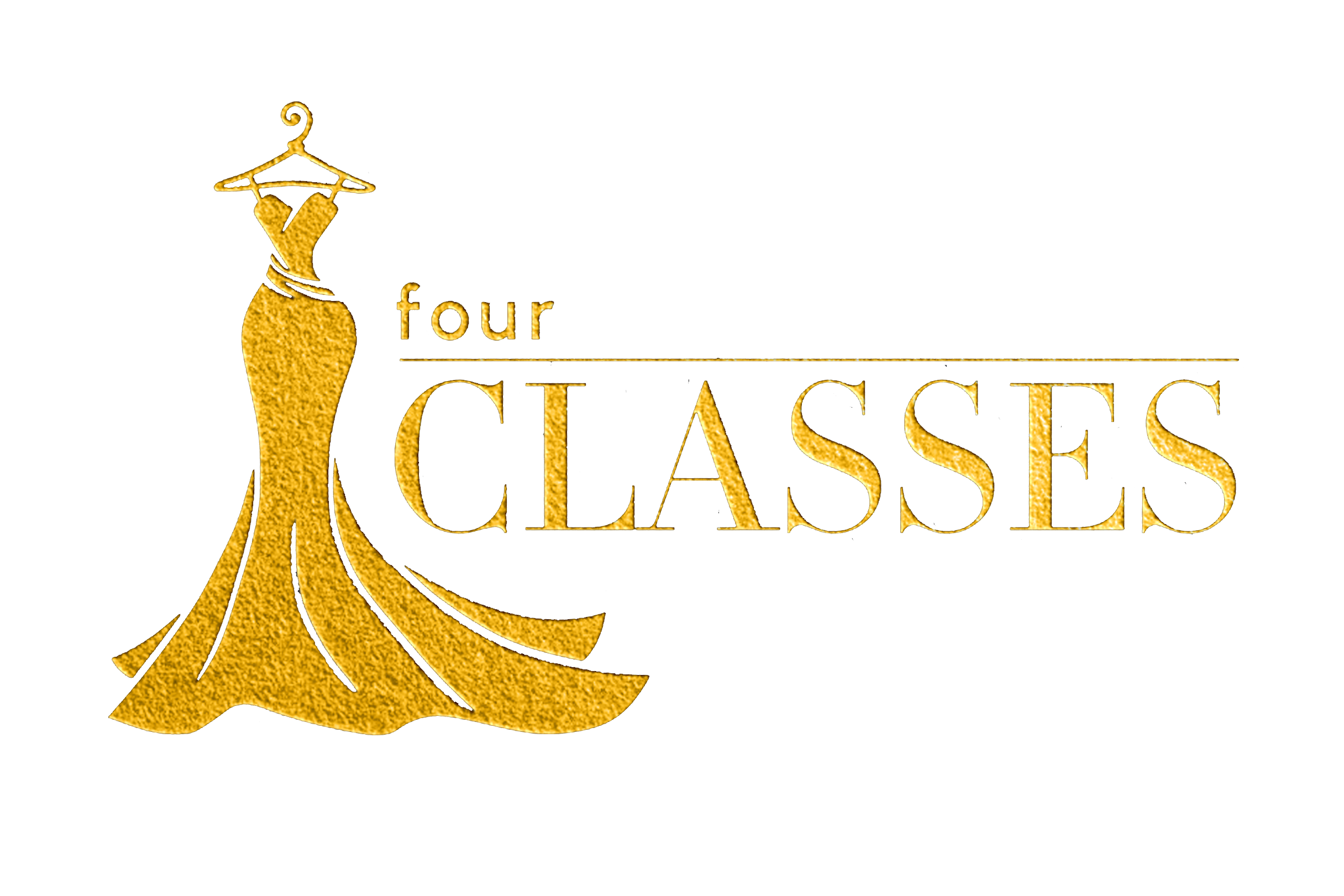
Popcorn has a long and rich history as a snack that people have resorted to throughout the ages. As cooking methods have evolved over time, this tried-and-true snack has remained a staple in diets around the world. Some fun historical facts about popcorn include: 1-Popcorn is over 5000 years old. 2-The scientific name for popcorn is zea mays everta), and it is the only kind of popcorn 3-In some cultures, unexploded kernels of corn are called "spinsters" 4-It is believed that the reason some kernels do not explode is that they do not have enough liquid inside to make them explode. 1-In the early 1900s, popcorn was banned in movie theaters. The reason for the ban was believed to be because the popcorn caused a big mess on the theater floors. 2-Americans started eating 3 times as much popcorn during World War II due to the lack of sugar in the country. 3-If you want to get a full protein serving of popcorn, you should have three cups of popcorn. 4-Americans eat about 17 billion liters of popcorn annually. 5-Popcorn is naturally high in fiber. low calorie; Free of sodium, sugar, and fat, although oil is often added during preparation, butter, sugar, and salt are all commonly used ingredients. 6-Ideally, the moisture content of the popcorn should be around 13.5-14 %. 7-Nowadays, many movie theaters make more money from popcorn than from ticket sales, as about ninety cents for every dollar spent on popcorn is pure profit. Popcorn also makes moviegoers thirsty and makes them more likely to buy expensive sodas. 8-The world's largest popcorn ball weighs about 5,000 pounds. 9-Popcorn can expand to three times the size of the kernel when popped. 10-The ideal temperature for popping popcorn is around 400 degrees Fahrenheit. 11-Popcorn kernels can rise up to three feet in the air. 12- 19th October is National Popcorn Month. 13-Compared to other snacks, popcorn is low in both calories and fat. 14-Popcorn does not contain gluten, making it an excellent choice for men and women who have dietary restrictions or choose a gluten-free diet. -Traditionally, Native American tribes flavored their popcorn with dried herbs, spices, and perhaps even hot peppers. 16-According to Guinness World Records, the world's largest popcorn ball is 12 feet in diameter and requires 2,000 pounds of corn, 40,000 pounds of sugar, 280 gallons of corn syrup, and 400 gallons of water to make it. 17-Christopher Columbus is said to have introduced popcorn to Europeans in the late 15th century. 18-Charles Creators invented the first commercial popcorn machine in Chicago in 1885. The company he founded still makes popcorn machines and other specialized equipment. 19-American vendors began selling popcorn at carnivals in the late nineteenth century. 20-When they started selling in movie theaters, theater owners got upset at first, fearing that the popcorn would distract their customers from the movies. It took a few years for them to realize that popcorn could be a way to increase revenue, and popcorn has been served in movie theaters since 1912. 21-The versatility of popcorn has enabled people to incorporate it into their more health-conscious diets. As different global and societal conditions have affected the type of snacks and food people can produce, popcorn has remained a flexible option for people to turn to in times of crisis. 22-Each kernel contains a small amount of moisture. When the core is heated, this water turns into steam. Popcorn differs from other grains in that the kernel shell is impermeable, so steam cannot escape and pressure builds up until the kernel finally explodes, turning from the inside out. Which causes the popcorn to pop.
